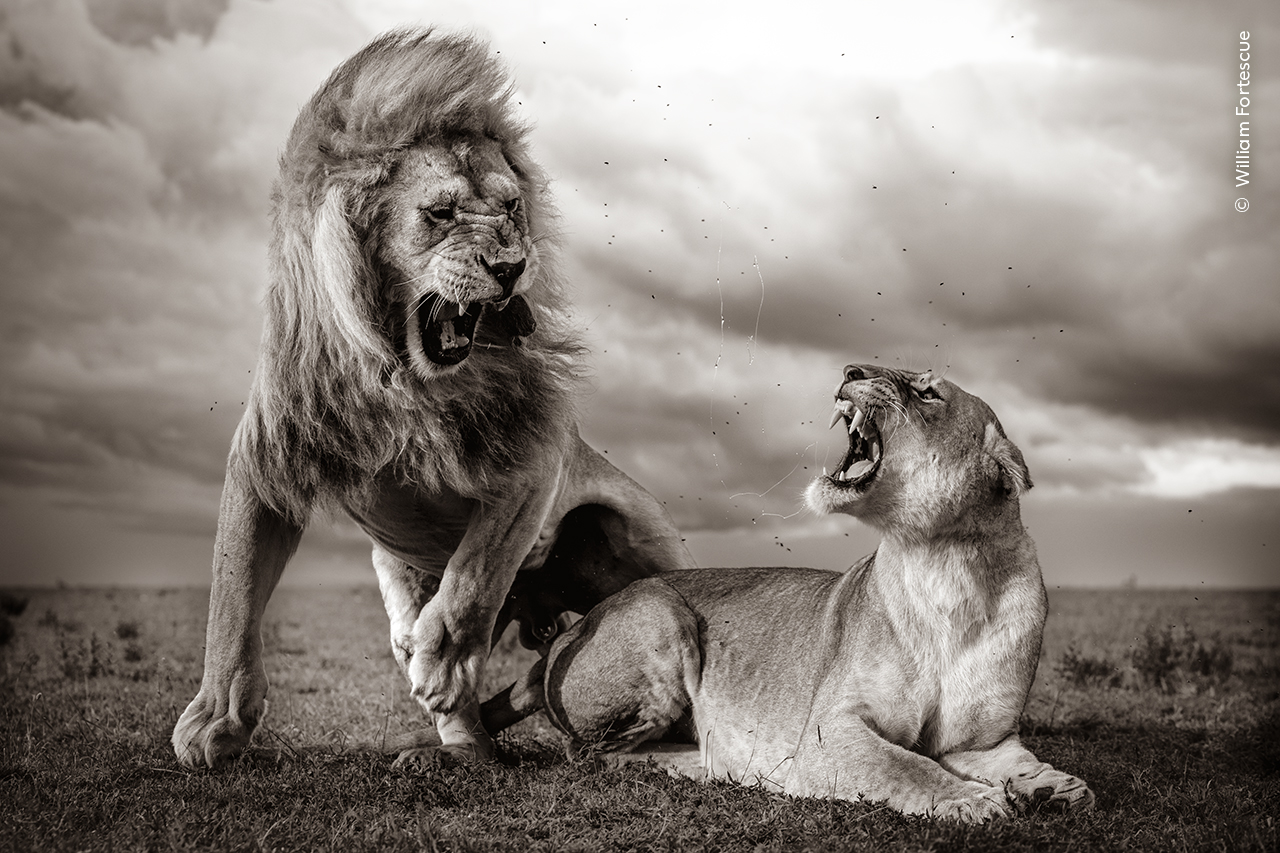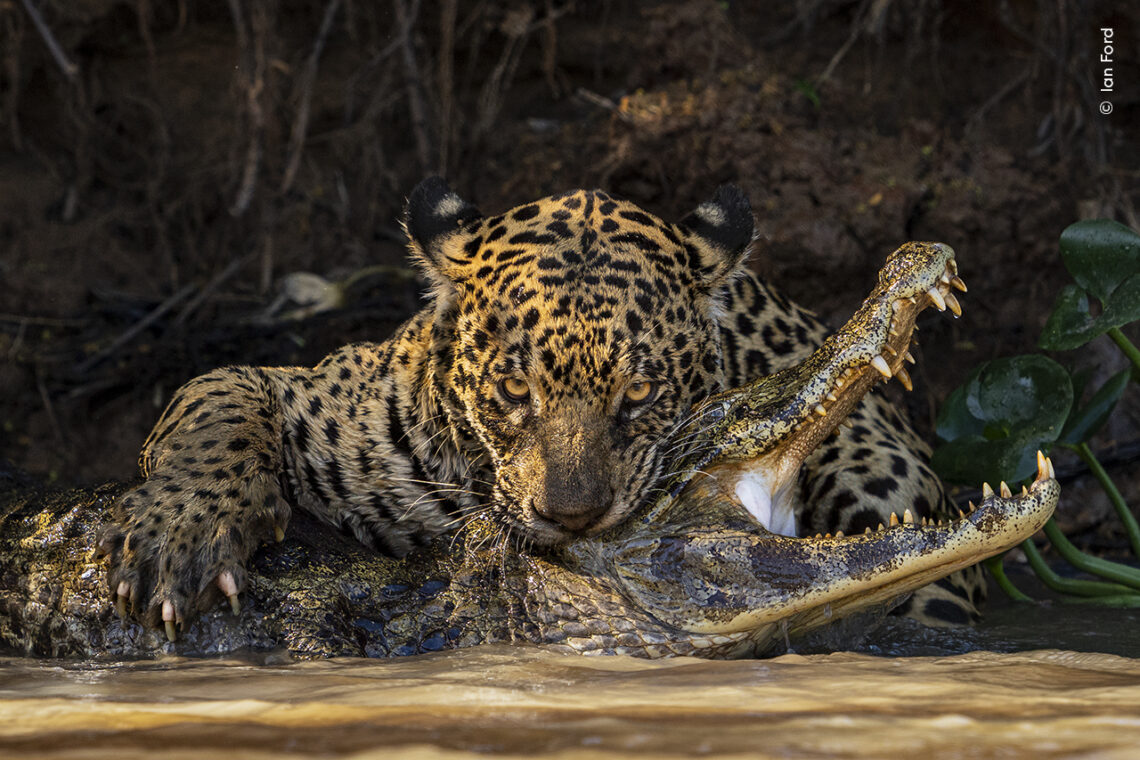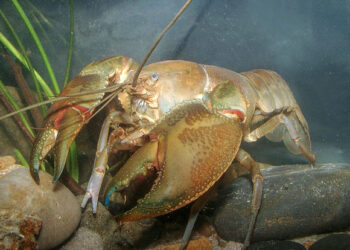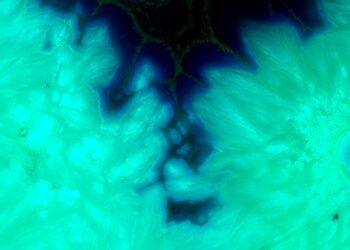On a frigid early morning during the Chinese New Year, a stealthy Pallas’s cat prepares for a breakfast of freshly caught bird. In that moment, Xingchao Zhu snapped a photograph. The wild cat’s piercing golden eyes connect with the camera, the light of the setting moon creating a dramatic backdrop.
Xingchao Zhu comes face to face with a Pallas’s cat as the moon sets. Xingchao tracked a group of Pallas’s cats on the freezing plateau of Inner Mongolia for several days during the Chinese New Year in February 2023. Shortly before dawn, Xingchao managed to make eye contact with this cat, just as it had caught a small bird.
The thick winter coats of Pallas’s cats help them survive at altitudes up to 5,000 metres (16,400 feet). They avoid larger predators by stealth, and it’s thought that their low, rounded ears allow them to peer over obstacles while remaining hidden.
Credit: Xingchao Zhu / Wildlife Photographer of the Year ZHUXINGCHAO
The resulting image was absolutely captivating, and one of this year’s commendable honorees for the Wildlife Photographer of the Year awards. Now in its 60th year, the competition received nearly 60,000 entries from 117 countries and territories around the world. Photographers of all ages and experience levels entered for the opportunity to take home the prestigious Grand Title and Young Grand Title, which will be announced on October 8.
Wildlife Photographer of the Year is developed and produced by the Natural History Museum, London. The winning photographs will go on display at the museum in South Kensington on October 11 and run through June 29, 2025.
(To see images in their full, magnificent glory, click to expand.)

William Fortescue uses a backdrop of storm clouds lit by the setting sun to show mating lions.
It was the rainy season when William visited the Serengeti National Park. He watched the lions mate several times before the female broke it off. It…
Read the full article here





